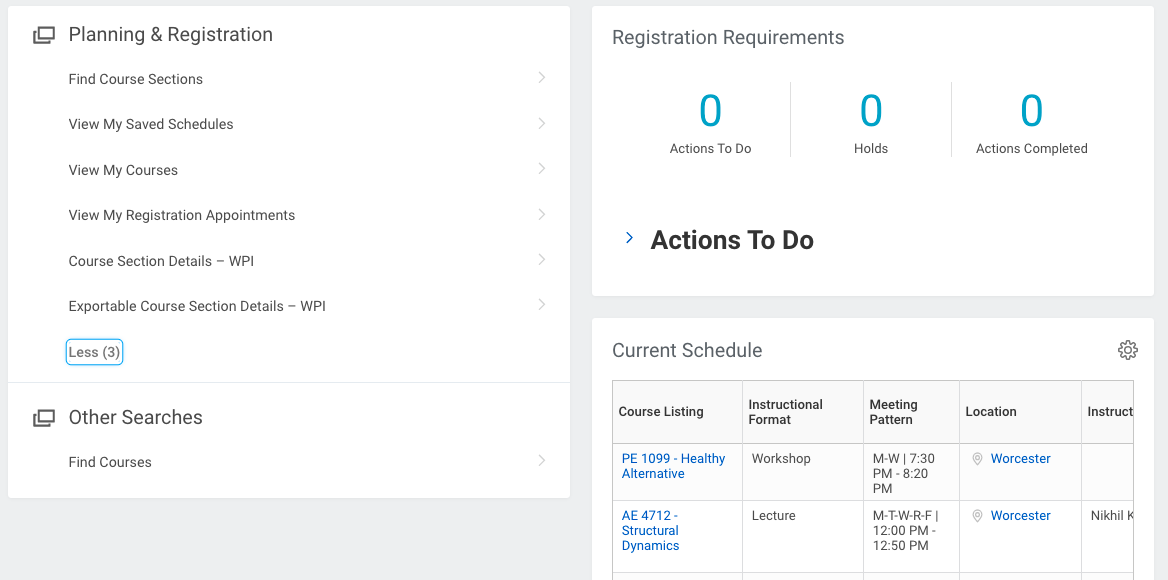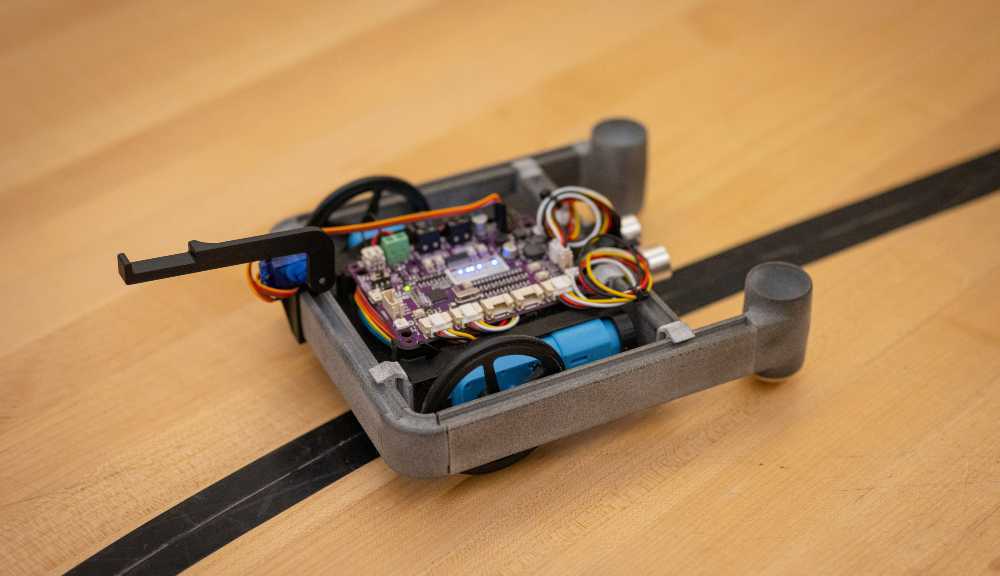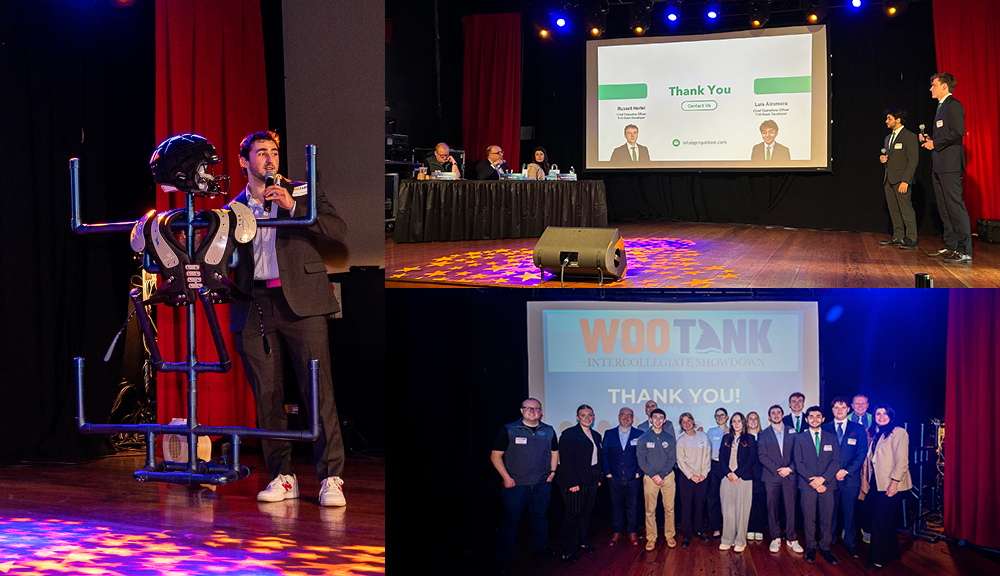Training for Canvas kicks off on Monday, April 4, with two instructor-led sessions. If you miss them, don’t worry. Both sessions will be recorded and there’s plenty of opportunity for you to attend later training sessions or even request individual training sessions.
A task force that formed in September investigated several LMS programs before deciding that Canvas presented the best product. Two factors hastened the need for a search. Blackboard will phase out support of the WPI-used version of its product, and WPI’s contract with Blackboard runs out as well, says Craig Shue, assistant professor of computer science and a task force member.
At some point, companies stop supporting older versions of software, he says, but the switch was going to be sooner than expected, leaving WPI to either operate without support for security issues and updates, transition to the new version of Blackboard, or find a different product.
We knew the transition would be significant,” says Shue of a switch to Blackboard’s new version. It would include changing servers, converting course material, and training users to adapt to the different interface. With all those changes, the task force wanted to make sure they considered all options before moving forward. “We wanted something better than what we had,” he says.
Canvas presented options that will simplify life for faculty once they get used to the new system. “This is a really nicely designed piece of software,” says Shue. “Canvas is a newly engineered product and they just designed it the way they thought it made sense. It aligned with what we want at WPI.”
A campus needs assessment survey returned answers from 67 total respondents who indicated that grading functionality was most important to them. Following ease of grading, other desired features included tests, quizzes, assignments from students, discussion boards (most important for online and blended classes), video upload and playback, and lecture capture capabilities.
About 90 percent of WPI courses use Blackboard to some degree, says Kate Beverage, associate director of the Academic Technology Center. Although Beverage expects about the same rate of users once conversion to Canvas is complete, there might be a few more who adopt the system once they see the capabilities. However, using any LMS isn’t mandatory.
“Canvas is built off an open-source platform that can support a lot of the developmental innovation happening at WPI,” says Beverage. “Apps or plug-ins that have been developed by faculty or student project teams can now be directly integrated into Canvas courses. Canvas also supports integration with calendaring tools such as iCal, Google Calendar, and Outlook.”
One of the biggest features makes grading as simple as a click, says Shue, and an intuitive one at that. With Blackboard, faculty had to go through a series of steps to ensure that grades were entered, posted, and then ready to show students. A simple click on an icon in Canvas takes care of the whole process. “It’s a time savings on the side of the faculty,” says Shue.
The course calendar feature is also designed to give faculty and students less work. Once a faculty member sets up a class schedule, the software automatically creates the calendar—filling in each class meeting time, tests, exams, scheduled events, and assignment due dates—and establishes folders for each. And the same applies to students.
A typical WPI student takes three classes, so instead of manually filling in their calendars (and risking a bit of user error), Canvas saves time and helps ensure accurate entries. “These all sound simple, but those things are all over the place for this software,” says Shue.
Of course there is a learning curve, as the software is new and people have to learn how to use it. Because of that, there are plenty of opportunities for training so anyone can become proficient in using the LMS, but can also learn some real time-saving techniques. The two systems will run concurrently to make the process easier with a full transition expected to be complete in summer 2017.
A new Canvas@WPI website will contain all the necessary updates and schedules. The next training takes place on Monday, April 4, at 9 a.m. and 1 p.m. in Salisbury 115. These trainings are led by Erin DeSilva, an instructor well-versed in Canvas and, as a former WPI employee, in the WPI community’s needs. In addition, every Wednesday morning from April 13 to May 25, drop-in sessions will be held in Anderson Lab B in Gordon Library from 9 to 11 a.m. Contact Lindsey Van Gieson, instructional technology systems specialist in the ATC, atlftapper@wpi.edu to schedule a one-on-one training session or with any questions about Canvas training.


